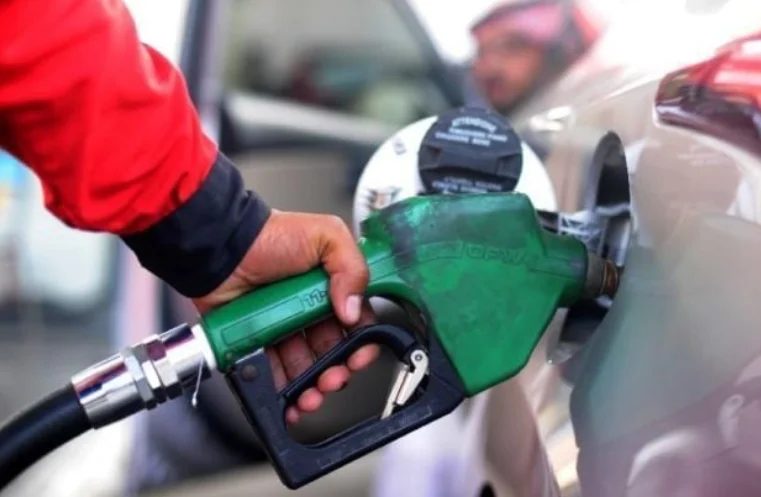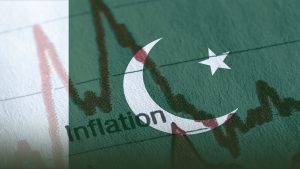Islamabad, Feb 15: In a major relief for consumers, the price of high-speed diesel (HSD) in Pakistan is set to drop significantly by Rs9.11 per litre from February 16, following global oil price trends. This reduction will have a positive impact on the transport and agriculture sectors, both of which heavily rely on diesel. Businesses and individuals facing financial strain due to high fuel costs will benefit from this expected decrease.
Diesel and Petrol Prices to Decline
With Pakistan being a net importer of petroleum products, fuel price adjustments are primarily driven by international market fluctuations. Based on the latest calculations, the ex-depot price of diesel is projected to fall to Rs258.84 per litre, down from the current Rs267.95 per litre.
Petrol prices will also see a reduction, though on a smaller scale. The ex-depot petrol price is expected to drop by Rs2.49 per litre, bringing it down to Rs254.64 per litre from the current Rs257.13 per litre.
Kerosene and Light Diesel Oil (LDO) Prices to Drop
Other petroleum products are also expected to witness price cuts:
- Kerosene oil, a crucial fuel for low-income households, is expected to decrease by Rs3.45 per litre, setting the new price at Rs171.40 per litre, compared to the current Rs174.85 per litre.
- Light Diesel Oil (LDO), primarily used in certain industries, will likely see a reduction of Rs5.60 per litre, bringing its price down to Rs155.46 per litre from the existing Rs161.06 per litre.
Kerosene is commonly used as an alternative to liquefied petroleum gas (LPG), particularly in northern regions of Pakistan, where LPG shortages are frequent.
Read More:
Latest Gold Rates in Pakistan – February 15, 2025
Price Calculations and Government Taxation
Fuel price adjustments are determined by factors such as tax rates and the inland freight equalization margin. However, there will be no impact from the rupee-dollar exchange rate in the upcoming revision.
The government continues to impose a petroleum levy of Rs60 per litre on both petrol and diesel. Although this levy was initially intended for oil sector development, such as fuel storage infrastructure, it has instead been used to manage the government’s current expenditures.
With these fuel price reductions, consumers can expect some financial relief, while industries dependent on diesel and kerosene may see lower operating costs in the coming weeks.









